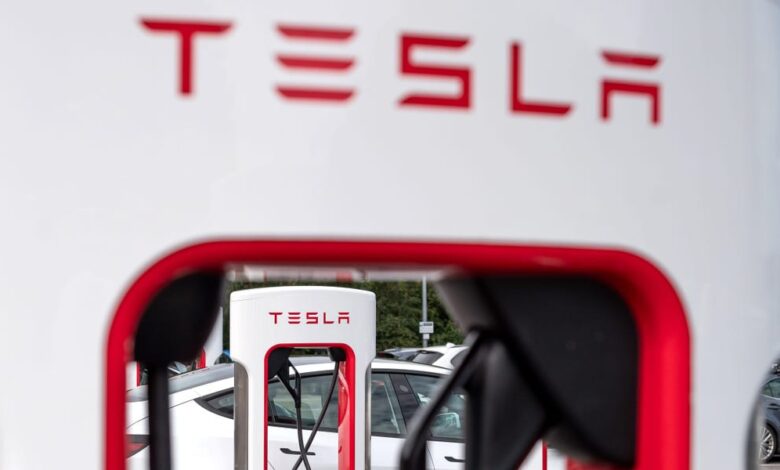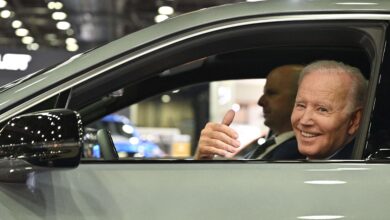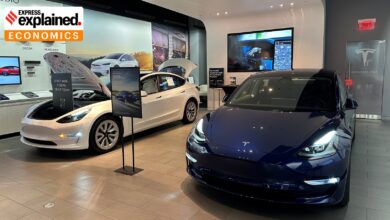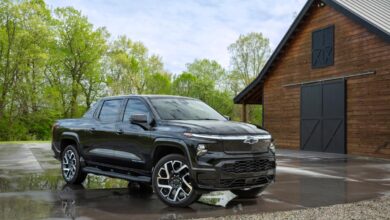Tesla’s Supercharger Changes Tell the EV Industry: Fend for Yourselves

- Tesla has laid off most of its charging team, causing confusion about its Supercharger network’s future.
- Virtually all major automakers have adopted Tesla’s charging tech.
- Tesla has committed to doubling its network size, in part with public money.
It started as a drip. Ford would adopt Tesla’s charging connector, and its customers would get access to the Supercharger network.
Then it became a flood. General Motors, Rivian, and more would join it. By the time 2023 ended, virtually every major automaker had announced plans to adopt the North American Charging Standard. It was a major win for Tesla and another massive vote of confidence for what drivers had known for a long time: Elon Musk’s chargers are simply the best, and he’ll help the entire electric-vehicle industry — not just Tesla — expand.
All that came into question this week when Tesla laid off most of its charging team, affecting about 500 employees. The apparent about-face left customers, contractors, and even newly partnered automakers scratching their heads about the future.
While hundreds of employees were surprised by layoff emails earlier this week, those who do business with them were dumbfounded.
“I got a bounce from every email address,” said Andres Pinter, a co-CEO of Bullet EV Charging Solutions, which has about a dozen projects underway for Tesla. Other contractors, he said, may be in trouble if they don’t have non-Tesla projects to fall back on.
As of Wednesday morning, he’d still not heard a peep from anyone at Tesla, he said. Tesla did not respond to a request for comment on its Supercharger plans.
Tesla accounts for about 65% of the nation’s fast-charging plugs, according to data from the Department of Energy, and one analyst has said the Supercharger network could be worth as much as $100 billion. After Tesla shares fell following the layoff news, Musk said on X that Tesla would grow its Supercharger network but “at a slower pace for new locations,” with more focus on reliability.
Tesla drivers, meanwhile, were already worried about bigger lines at already swamped Superchargers after other car models were given the keys to the kingdom.
“It kind of defies logic,” Pinter said. “I think that Elon Musk is playing three-dimensional chess, and maybe this will all make sense to us in, like, a few months.”
Until then, it’s not clear how Tesla will fulfill its 2023 commitment to double the size of the Supercharger network by the end of this year (partially with $17 million in government grants).
Tesla has been rapidly expanding its Supercharger network in recent months. US plugs totaled about 20,000 in August, a figure that has grown about 8% every quarter since, according to the Department of Energy. In the first three months of 2024 alone, it built some 297 stations around the world.
The automakers Tesla partnered with can access existing plugs, but the recent layoffs raise questions about the network’s growth. Before the layoffs, one estimate said Tesla could earn up to $12 billion a year in charging revenue by 2030 by opening its charging stations to non-Teslas. Perhaps that’s not enough to offset the costs of rapidly building new Supercharger stations that will ultimately benefit other carmakers, as well as Tesla.
For automakers and EV owners watching on the sidelines thinking their charging problems were largely taken care of, this moment must not feel great.



